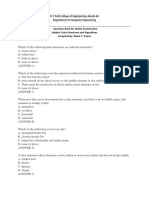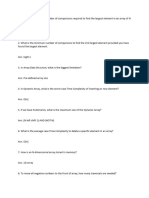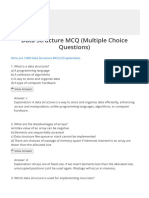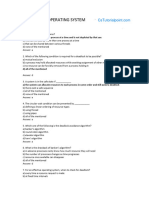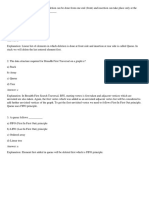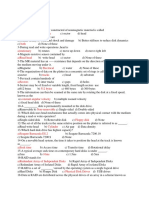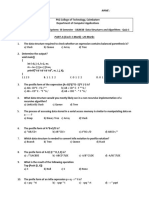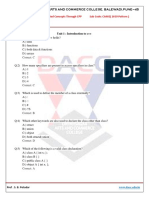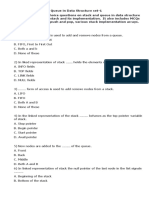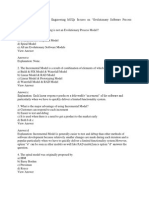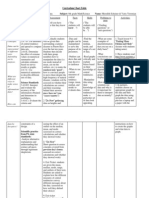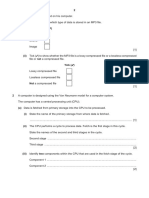100% found this document useful (1 vote)
1K views22 pagesFundamentals of Data Structures - MCQ - III.
A data structure is a particular way of organizing data in a computer so that it can be used effectively.
Uploaded by
Jeya PerumalCopyright
© © All Rights Reserved
We take content rights seriously. If you suspect this is your content, claim it here.
Available Formats
Download as PDF, TXT or read online on Scribd
100% found this document useful (1 vote)
1K views22 pagesFundamentals of Data Structures - MCQ - III.
A data structure is a particular way of organizing data in a computer so that it can be used effectively.
Uploaded by
Jeya PerumalCopyright
© © All Rights Reserved
We take content rights seriously. If you suspect this is your content, claim it here.
Available Formats
Download as PDF, TXT or read online on Scribd
/ 22


